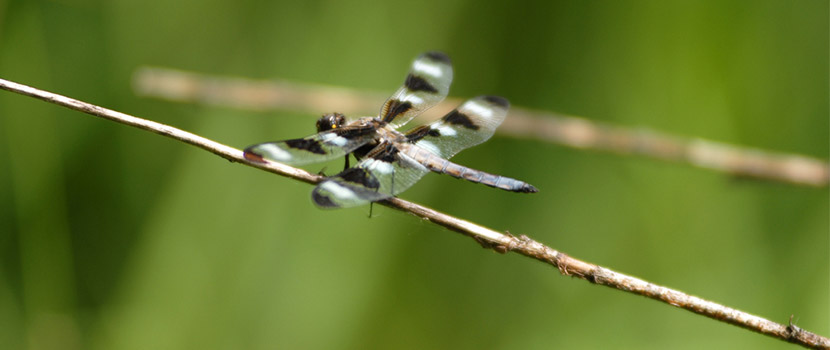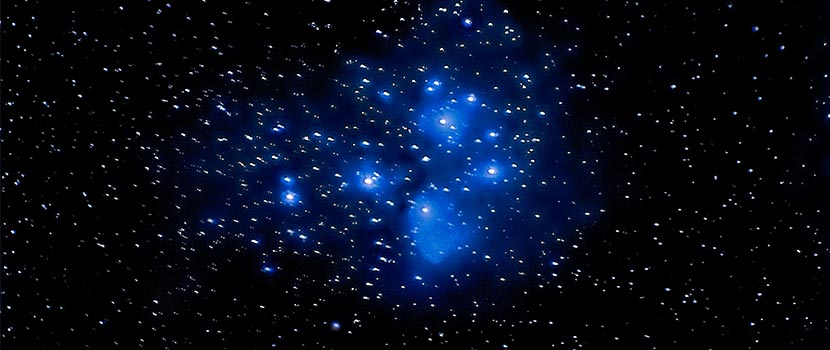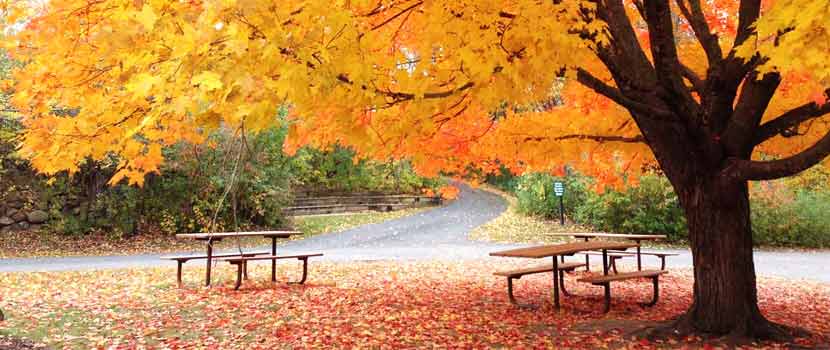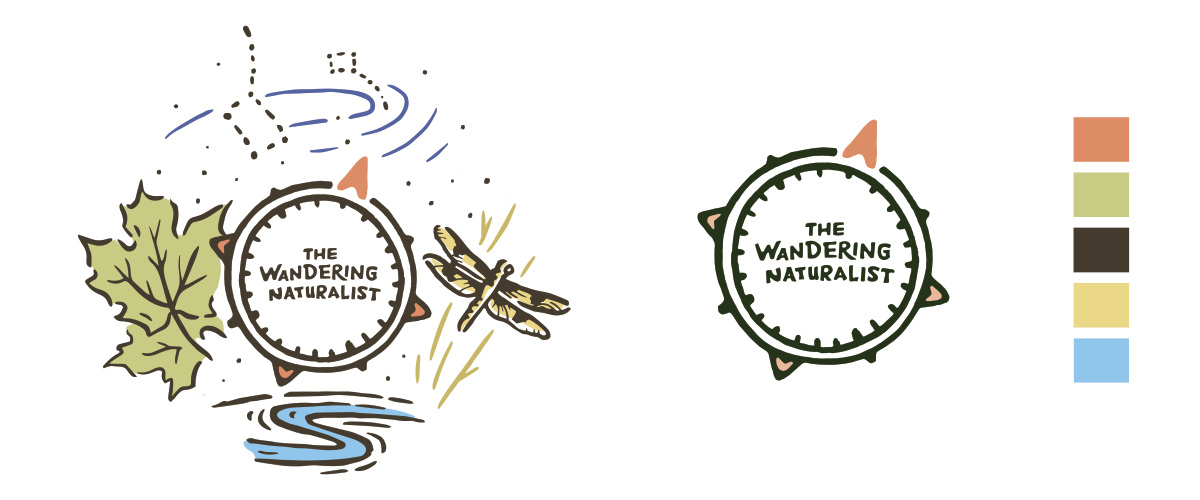
After four years, 127 episodes and 94,000 downloads, we decided that we wanted a new image that better reflects the stories The Wandering Naturalist tells and hopes to tell in the future.
We knew from the beginning of our graphic brainstorm that we wanted a graphic that would speak to everyone in our beautifully diverse community and visually connect them to our parks and trails. This is why there are no human shapes in the graphic, only nature and a compass, so every person can see themselves as the navigator of their own experience.
A lot of thought and discussion went into each element of this image until we felt it did a good job representing the stories the podcast tells and hopes to tell in the future. Wander through the image with me as we explore why we decided to include each element.
The Compass
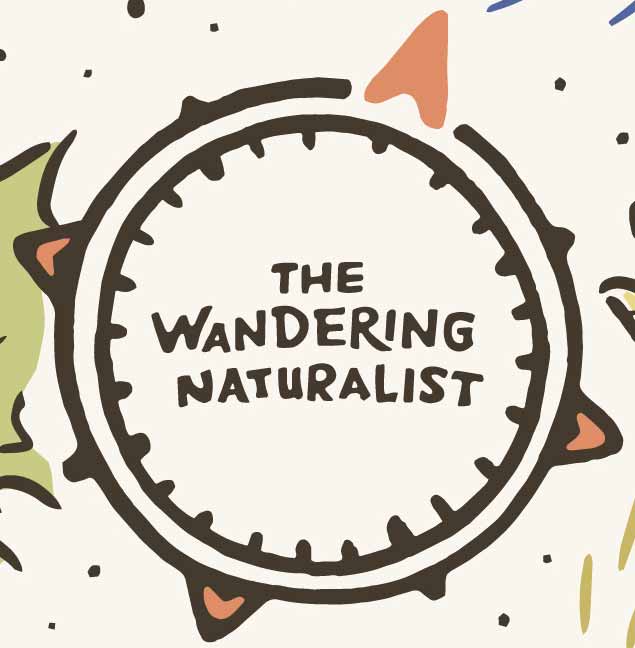
The center of the image is a compass, with the podcast name, The Wandering Naturalist, inside of it. When it comes to wandering places, both known and unknown, I am not sure if there is a more iconic tool than a compass. To me, a compass just screams “Wander! Explore! Discover!” It’s also a tool that has been used by explorers and wanderers for over 2,000 years. Our team felt that a compass is a great representation of how we wander through topics about nature and history in Three Rivers Parks.
You may notice that our name inside the compass is smaller than the other elements in the image. This is because a compass guides you to new places; it doesn’t lead. Similarly, we hope our podcast guides you to new knowledge, understanding and connections. We believe our guests and the topics we explore are steering the podcast, not us.
The Stars
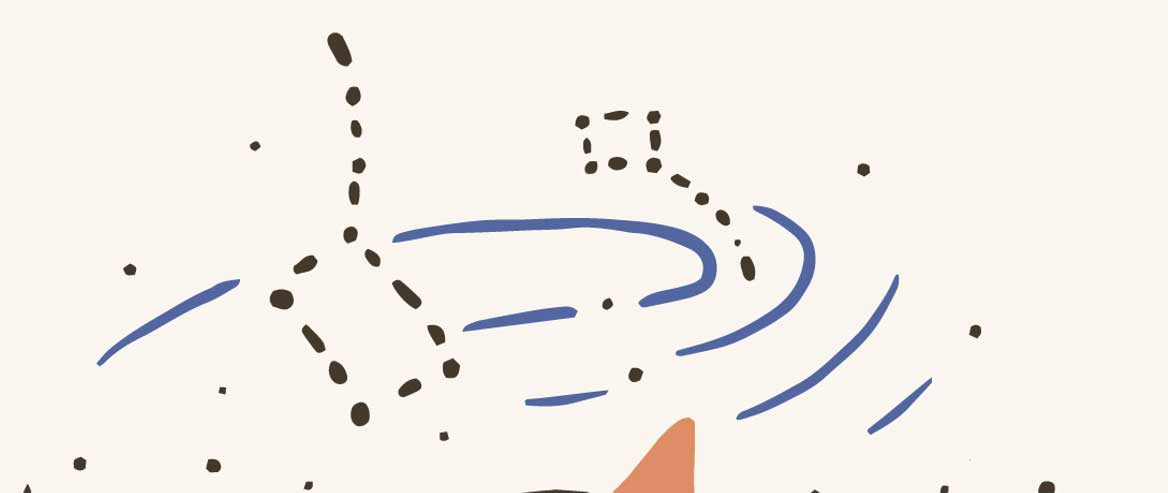
Compasses are not the only way to wander and many cultures used other tools to navigate. If you follow the north arrow in the compass in our image, you’ll see it points to the North Star, which is the last star in the handle of the Little Dipper.
Constellations, and stars like the North Star, have been used to navigate by cultures all over the world for centuries. Some of the people who used stars even have a tie to Three Rivers Park District. A.P. Connolly described in a journal entry from 1896 how Pierre Bottineau — whose house is one of many historic structures in our parks — relied on them to guide his team: “On one occasion the party got lost in a furious storm… and Pierre said ‘As soon as the stars come out, I can locate [our path].’”
The Big Dipper and the Little Dippers were a clear choice for two reasons.
The first is that these are asterisms (images within constellations) most people are familiar with, and the two of them can help you find the North Star.
They also hold significance as the land we oversee was originally managed by the Dakota and Ojibwe. They have their own names for the constellations. What we call the Big Dipper, the Dakota call the Blue/Birth Woman. What we call the Little Dipper, the Ojibwe call the Loon. Dakota and Ojibwe history is part of Three Rivers history, and we wanted that represented in our image. (You can learn more about indigenous star knowledge in Episode 110.)
On a personal level, stars and the open skies they’re in encourage an openness to new thoughts and ideas. Angela and I look for the opportunity to find stories that present topics in ways we haven’t considered before. The stars in the image remind us to do that.
The Maple Leaves
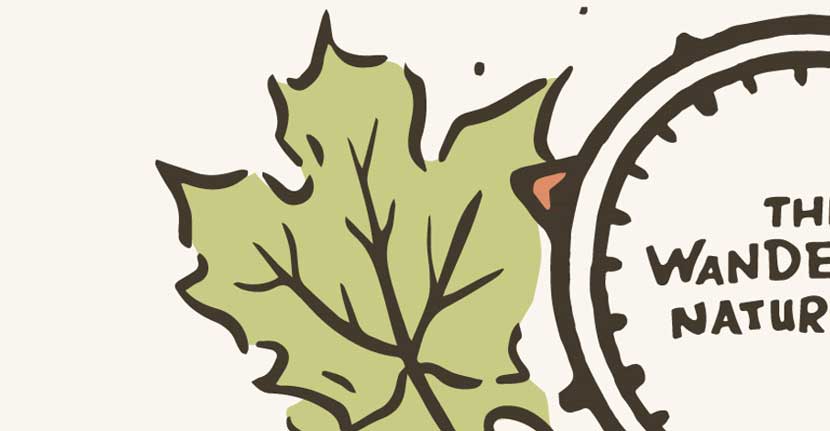
If we wander counterclockwise (because I’m left-handed, we’ll start there), you’ll notice sugar maple leaves.
The dominant forest in the Twin Cities area is a maple-basswood forest. Large stands of sugar maples are what happens when you have an old forest with little disturbance. What better way to represent the habitats we explore than with a sugar maple?
While you will find patches of old maple forests in our parks, most of the habitats you see are restored by our Natural Resources Department. When the Three Rivers acquired the land in the 1950s and ‘60s, it was farmland. Immigrants and settlers moved into this area starting in the 1850s and quickly converted the forests into European-style farms.
This wasn’t the first farming done in our region, however. Native People have farmed this area for thousands of years. Their farming looked different from European farming, but it still involved growing and cultivating plants for use. Sugar maples are a great example of this. Sugar maple forests were managed by Native People so they could make sugar from the trees. They taught this skill to Europeans when they arrived in North America. When immigrants and settlers moved to the Twin Cities area, sugar maple forests that had been used for hundreds of years or longer by the Ojibwe and Dakota were often left standing by Europeans so they could make sugar.
Today, the forests and other habitats have been and continue to be restored, so many people would never realize they are hiking through former farm fields. So, the maple leaf was chosen to represent the stories we tell about farming, habitats and the restoration done in Three Rivers Parks.
We also chose the leaf because trees have deep roots that connect them to their place. Angela and I want this podcast to be deeply rooted to the Twin Cities cultural and natural history. That’s why we will talk about zebra mussels, but not zebras (unless it makes for a good pun).
The River
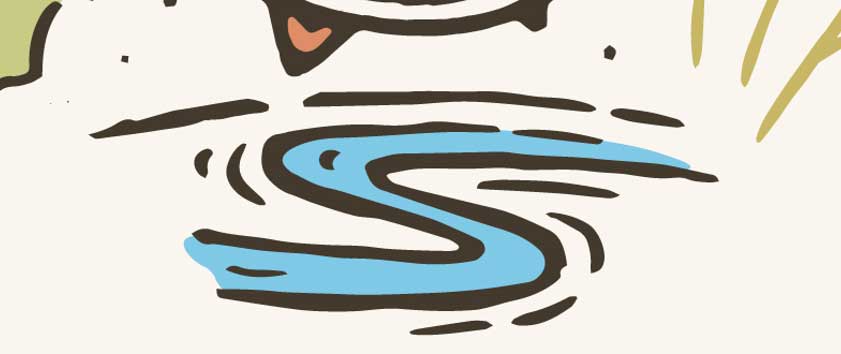
Three Rivers Parks District is named after the Crow, Minnesota and Mississippi rivers. The bottom of the image represents those three rivers, and all of the other water habitats in our parks. These waterways provide important habitat, and they connect all of us to the parks no matter where we live. If you live in Hennepin County or surrounding areas, you are part of the same watersheds as our parks. You have an impact on the watersheds just as the parks do.
In addition, Three Rivers’ mission is: “to promote environmental stewardship through recreation and education in a natural resources-based park system,” and so much of Minnesota recreation is connected to waters.
We know that connection is an essential component to caring about something. Recreation in the outdoors is often the first step to connecting and a path to environmental stewardship. Rachel Carson didn’t become a famous naturalist because she was told to prevent forest fires or turn off her lights when she left a room. She became a naturalist, and environmental steward, because she could go play in nature and just be in nature.
It is hard to think of a more instinctive experience in nature than listening to running water, skipping stones, and splashing in a river. We hope that one of our namesake rivers gives you a place to explore. To connect.
Another reason we chose the river because it also provides encouragement to Angela and me. No matter the obstacle, a river will overcome it eventually. There can be many obstacles doing a podcast: figuring out how to safely record during a pandemic, squeezing in a meeting with a guest between classes with school groups, or figuring out where to make an edit in a sentence so it still makes sense, including removing where you said St. Paul instead of St. Cloud. When we have things that sometimes makes us feel overwhelmed, we can look to the river to remind us we will get through it.
The Dragonfly
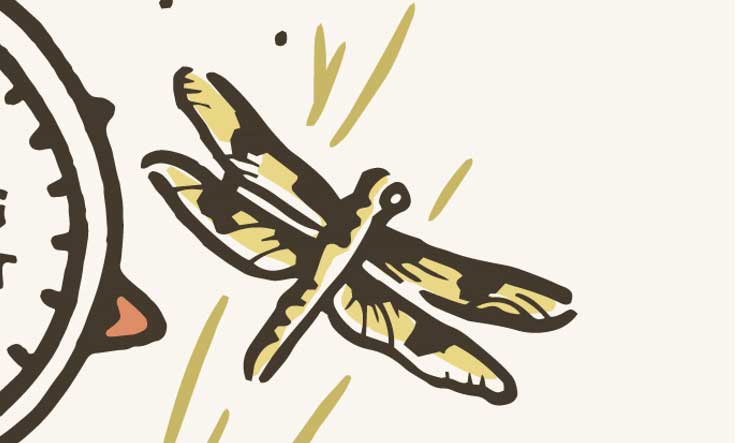
Last, but — Angela would argue — not least, is the dragonfly on prairie grass. If the maple leaves represent the habitats and plants in our parks, the dragonfly represents all of the animals in our parks and their stories we want to tell. It was hard choosing one animal as a representative. Should we do a deer, or perhaps a raccoon or coyote? But we landed on a dragonfly.
So why a dragonfly, other than the fact that Angela loves them? A couple of reasons.
Insects aren’t often thought of as animals, though they are, because like all animals, insects are multicellular organisms that respire using oxygen, reproduce sexually, eat and move. So yes, insects are animals. Having an insect to represent animals in our image helps us start to hopefully change that.
They are also found in many of the habitats in our parks. Dragonflies live in the water as nymphs and on land as adults. They can be found in streams, rivers, wetlands, prairies, fields and forests.
Finally, dragonflies have amazing vision. They are able to see almost 360 degrees around them. But they also have good binocular vision that allows them to understand distance. It inspires Angela and I to keep our eyes open and look for new stories to tell on the podcast.
Not All Who Wander are Lost
Exploring the cultural and natural history stories of the Twin Cities area is a deep, complicated and interconnected project. At times Angela and I feel lost or overwhelmed as we try to figure how to navigate through all the stories and narrow the list down to just 12 stories a year. Luckily, we have our own compass that guides us and keeps us from getting lost in all of the stories out there.
I am excited that our new image shows to our listeners the compass that Angela and I rely on as we choose our topics and look for guests who are willing to trust us with their stories.
Like any good piece of art, there is so much more this image can represent. Do you see any other meanings in the image based on what we have talked about in past podcast episodes? What parts of the image connect to you? What meaning do you find in it?
Now that you know, what will you do in your wanderings?
Wanting to catch up on The Wandering Naturalist? Check out our full list of episodes here. If you want to dive in deeper on topics related to this post, you can learn more about: stars, trees and the Three Rivers Nursery; maple syruping (including Ojibwe high school students talking about its history and the current importance to them); the history of farming in Minnesota; water quality (and how you can keep our watersheds healthy); the rivers of Three Rivers (Crow, Mississippi and Minnesota); and the magic of dragonflies.
About the Author
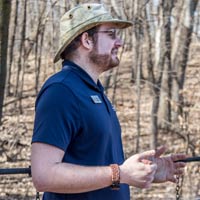
Brandon Baker has been an interpretive naturalist at Eastman Nature Center for 10 years. Before working for Three Rivers Park District, he worked as a naturalist for the National Park Service, Wood Lake Nature Center and Springbrook Nature Center. He moved to Minnesota from Florida for the snow, and he is a big fan of Star Trek.
Related Blog Posts
Fun Facts About Dragonflies
By: Angela Grill
Dragonflies are one of the most ancient insects and were one of the first species of winged insects to evolve. Learn more about their dual lives in the water and on land and the best places to find them in the parks.
Star Gazing and the Seven Sisters
By: Ashley Smith
Discover how constellations can be "signs of the season" and find origin tales of the Pleiades constellation, also known as the Seven Sisters, from ancient Greek, Australian, and Indigenous cultures.
Species Spotlight: Sugar Maples
By: Paul Kortebein
Sugar maples are one of the most well-known native trees around the Twin Cities, but how much do you really know about them?
